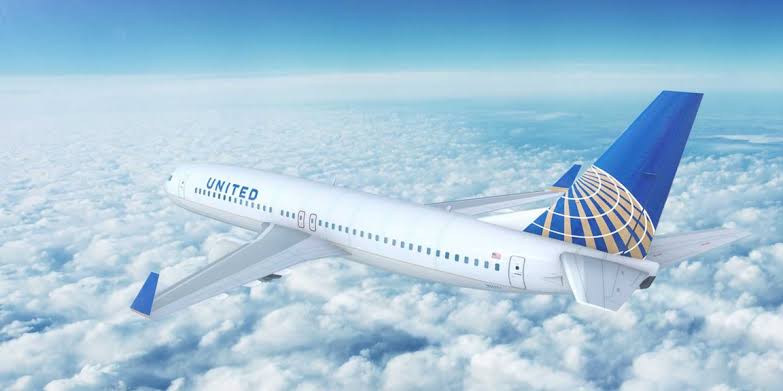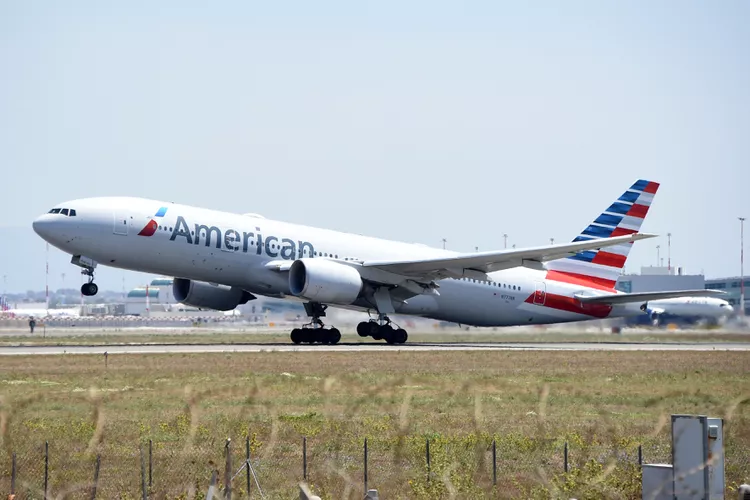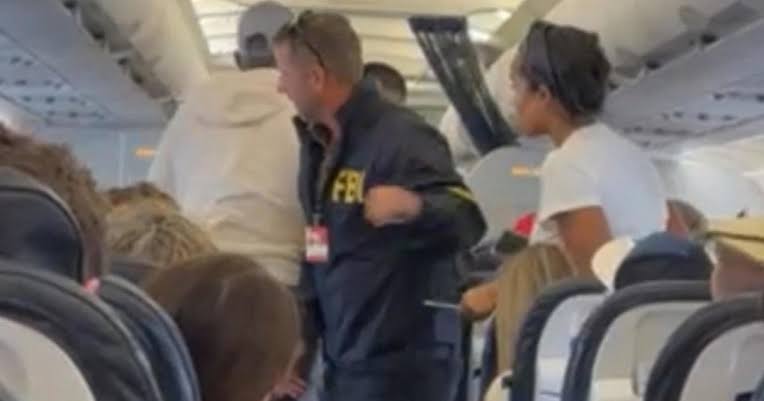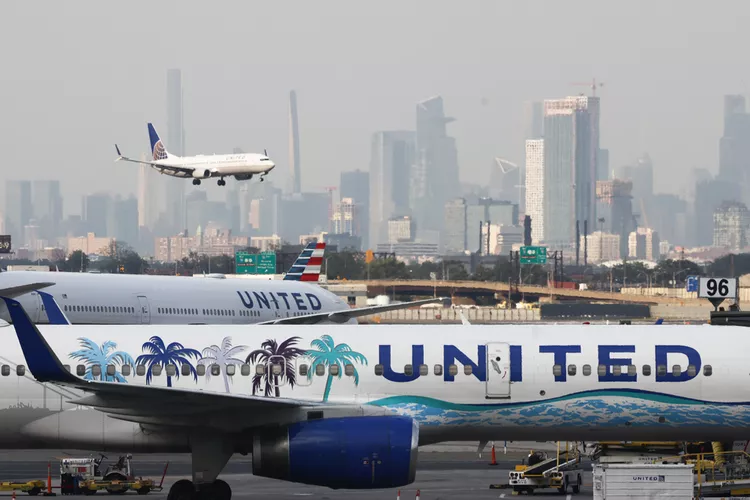United Airlines rethinks fleet plans amid Boeing 737 MAX 10 delays
United Airlines is reconsidering its fleet plans due to ongoing delays in the entry into service of the Boeing 737 MAX 10, as stated by the airline’s CEO. Additionally, the incident involving Alaska’s MAX 9 and the subsequent grounding of the model are testing the airline’s patience.Scott Kirby, United’s CEO, did not hide his frustration with the manufacturer. For Kirby, the plane is delayed by five years “at best.” The MAX 10, the largest model of the aircraft, has not yet received certification from the Federal Aviation Administration (FAA).Kirby, in an interview with CNBC, pointed to “the MAX 9 grounding as the last straw. We will build a fleet plan that does not include the MAX 10, at least as a hypothetical alternative.” United has been awaiting its MAX 10s since at least August 2018. At that time, Kirby, then president of United, outlined cabin plans for the approximately 100 planes the company had ordered. The airline expected to fly them in 2020, intending to use them to replace older aircraft.
However, Stan Deal, CEO of Commercial Aircraft for the company, stated in a release that they are “taking comprehensive measures to safely return the 737 MAX 9s to service and enhance our quality. We will support our customers every step of the way and comply with all FAA mandates.” The company provided no updates on the MAX 10 situation.
United Airlines is making significant changes to its frequent flyer program, aiming to make it easier for customers to earn elite status through the use of co-branded Chase credit cards. This move reflects a broader industry trend where airlines are increasingly rewarding big spenders over frequent flyers.
Details of the Changes
United Airlines announced that it will maintain the overall requirements for achieving elite frequent flyer status for the coming year, marking the first time it hasn’t increased these thresholds since the onset of the Covid-19 pandemic. However, starting in 2024, the airline will introduce a more generous points system for purchases made with its co-branded Chase credit cards. Customers will earn 25 qualifying points for every $500 spent, a substantial improvement over the current system, where 500 points are awarded for every $12,000 spent. This change significantly lowers the spending threshold for earning points, making it more accessible for a wider range of customers.
Additionally, United is removing the caps on credit card spending that can count towards elite status. Previously, there were limits on how much credit card spending could contribute to earning status, but these caps will be lifted, allowing customers to leverage their spending more effectively.
Implications for Customers
These changes are designed to incentivize more spending on United’s co-branded credit cards by making it easier for customers to accumulate points and achieve elite status. This shift aligns with a broader strategy in the airline industry to prioritize revenue generation from ancillary sources, such as credit card partnerships and loyalty programs, over traditional ticket sales.
For customers, this means that achieving elite status will become more feasible, especially for those who spend significant amounts on their co-branded credit cards. The elite status comes with various benefits, including priority boarding, free checked bags, access to lounges, and more favorable seating options. By making these benefits more attainable, United hopes to encourage greater loyalty and spending among its customer base.
Broader Industry Trends
United Airlines is not alone in this approach. Other major airlines have also been adjusting their frequent flyer programs to reward higher spenders. Delta Air Lines, for example, recently made changes to its SkyMiles program to offer more benefits to customers who spend more on their American Express co-branded cards. Similarly, American Airlines has been focusing on revenue-based loyalty benefits.
These changes reflect a shift in the airline industry’s business model. Traditionally, frequent flyer programs were designed to reward customers based on the number of miles flown. However, as airlines have sought to diversify their revenue streams, there has been a growing emphasis on rewarding higher spending, regardless of the actual distance traveled. This approach allows airlines to generate more income from credit card partnerships, which have become increasingly lucrative.
The Financial Perspective
From a financial standpoint, these changes are likely to be beneficial for United Airlines. By incentivizing more spending on its co-branded credit cards, United can increase its revenue from its partnership with Chase. Co-branded credit cards are highly profitable for airlines, as they typically receive a percentage of the transaction fees on purchases made with these cards. Additionally, credit card issuers often pay airlines for the points that customers earn, adding another revenue stream.
By making it easier to earn elite status through spending, United can attract more customers to its credit card program, increasing its share of this lucrative market. This strategy also helps to lock in customer loyalty, as those who hold elite status are more likely to continue flying with United to maintain their benefits.
Customer Experience and Feedback
While these changes are likely to be welcomed by many customers, especially those who spend heavily on their credit cards, they may also generate some criticism. Frequent flyers who achieve status primarily through flying may feel that their loyalty is being undervalued in favor of higher spenders. This could lead to a sense of inequity among some of United’s most frequent customers.
However, by not increasing the overall requirements for elite status, United is attempting to balance these concerns. The airline is maintaining the same thresholds for earning status through flying, meaning that those who travel frequently can still achieve elite status without relying on credit card spending.
United Airlines’ decision to make it easier for customers to earn elite status through co-branded Chase credit cards is a strategic move designed to increase revenue and customer loyalty. By lowering the spending threshold for earning points and removing caps on credit card spending, United is making elite status more accessible to a broader range of customers. This shift reflects broader industry trends towards rewarding higher spending over frequent flying, aligning with airlines’ goals of diversifying revenue streams and enhancing profitability.
As the airline industry continues to evolve, these changes highlight the growing importance of ancillary revenue sources and the ongoing competition among airlines to offer the most attractive loyalty programs. For customers, the new system presents an opportunity to achieve elite status more easily, provided they are willing to leverage their spending on co-branded credit cards. Ultimately, United Airlines’ adjustments to its frequent flyer program are likely to have a significant impact on both its financial performance and customer loyalty in the years to come.






